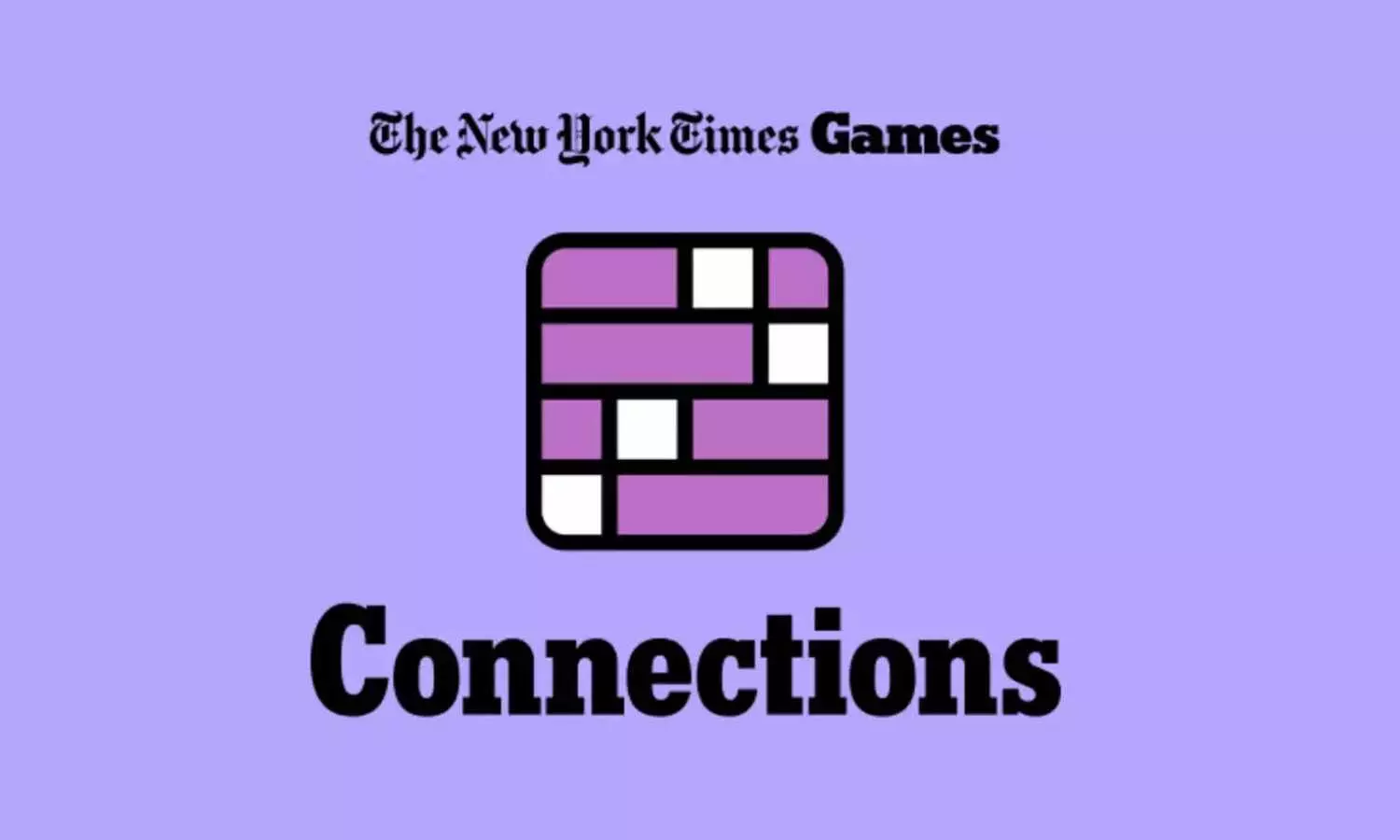March 17 NYT Connections: Hints, Answers, and How to Play
Struggling with NYT Connections? Check out the March 17 hints, answers, and word group breakdown to improve your puzzle-solving skills.
image for illustrative purpose

The New York Times’ Connections puzzle is a daily word game designed to test players’ ability to identify relationships among different words. Each puzzle consists of 16 words that must be sorted into four groups based on a common theme. The challenge requires logical thinking, pattern recognition, and linguistic skills to correctly classify words within the available attempts.
Participants must arrange the words into four distinct categories, each represented by a color-coded system. The easiest connections fall under the yellow category, while the most difficult ones are marked in purple. Players have a total of four chances to correctly identify all categories before exhausting their attempts. Each selection contributes to solving the puzzle, making strategic decision-making essential.
The game is available online through The New York Times website and app, offering users a new puzzle every day at midnight. This daily release ensures fresh content and continuous engagement for word puzzle enthusiasts.
Players can enhance their success rate by employing structured guessing methods. A recommended approach involves identifying three words that share a clear connection before determining the fourth. As more groups are identified, they provide insight into the remaining word classifications. Patience and strategic experimentation are key to completing the puzzle efficiently.
March 17, 2025 – Hints for NYT Connections
The yellow category consists of words that indicate uniqueness. The green group includes terms derived from the German language. The blue set features words that remain unchanged in both singular and plural forms. The purple category contains words with irregular plural transformations.
March 17, 2025 – NYT Connections Categories and Answers
The first group, classified under the theme of exceptionality, includes remarkable, singular, special, and unique. The second set consists of words of German origin: angst, die, kinder, and wurst. The third category features plural animals that have the same singular form, including deer, sheep, shrimp, and squid. The final category consists of irregular plural forms such as dice, lice, mice, and oxen.

